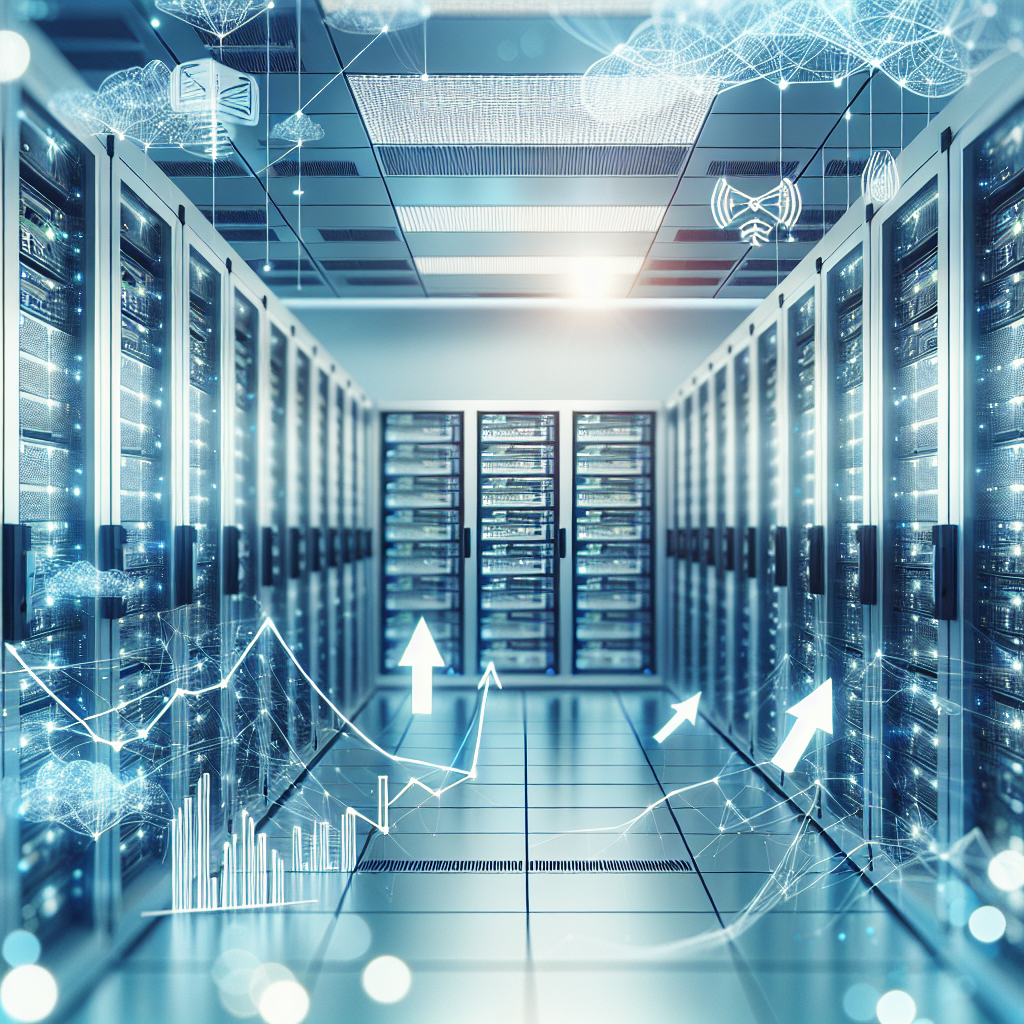Your cart is currently empty!
Emerging Trends in Data Center Electrical Systems

As technology continues to advance at a rapid pace, data centers are becoming increasingly vital to businesses of all sizes. These facilities house the servers and networking equipment that store, process, and distribute vast amounts of data. One crucial component of any data center is its electrical system, which provides the power necessary to keep the operation running smoothly.
In recent years, there have been several emerging trends in data center electrical systems that are shaping the way these facilities are designed and operated. These trends are driven by the need for increased efficiency, reliability, and sustainability. Here are some of the key developments in this area:
1. Modular Power Distribution: Traditional data center electrical systems are typically centralized, with power being distributed from a main electrical room to the various server racks. However, modular power distribution systems are now gaining popularity. These systems consist of smaller, self-contained power distribution units that can be easily added or removed as needed. This allows for greater flexibility and scalability, as well as improved energy efficiency.
2. High-Density Power Usage: As data centers become more densely populated with servers and other equipment, the demand for power is increasing. To meet this demand, data center operators are turning to high-density power distribution systems. These systems are designed to provide higher levels of power to individual server racks, allowing for greater computing power in a smaller footprint. However, high-density power usage also requires careful planning to ensure that cooling systems can keep up with the increased heat output.
3. Renewable Energy Integration: With concerns about climate change and sustainability on the rise, many data center operators are looking for ways to reduce their carbon footprint. One way to achieve this is by integrating renewable energy sources, such as solar or wind power, into the data center’s electrical system. By generating clean energy on-site, data centers can reduce their reliance on fossil fuels and lower their overall environmental impact.
4. Energy Storage Solutions: Another emerging trend in data center electrical systems is the use of energy storage solutions, such as batteries or flywheels. These systems store excess energy during periods of low demand and release it during peak usage times, helping to stabilize the power grid and reduce costs. Energy storage can also provide backup power in the event of a grid outage, ensuring that critical operations can continue uninterrupted.
5. Intelligent Power Monitoring: As data centers grow in size and complexity, the need for real-time monitoring and management of power usage is becoming more important. Intelligent power monitoring systems use sensors and software to track energy consumption, identify inefficiencies, and optimize performance. By analyzing data on power usage and trends, data center operators can make informed decisions to improve efficiency and reduce costs.
Overall, the emerging trends in data center electrical systems are driven by the need for increased efficiency, reliability, and sustainability. By embracing modular power distribution, high-density power usage, renewable energy integration, energy storage solutions, and intelligent power monitoring, data center operators can build more resilient and environmentally friendly facilities. As technology continues to evolve, it is likely that we will see even more innovative solutions emerge to meet the ever-growing demands of the data center industry.

Leave a Reply